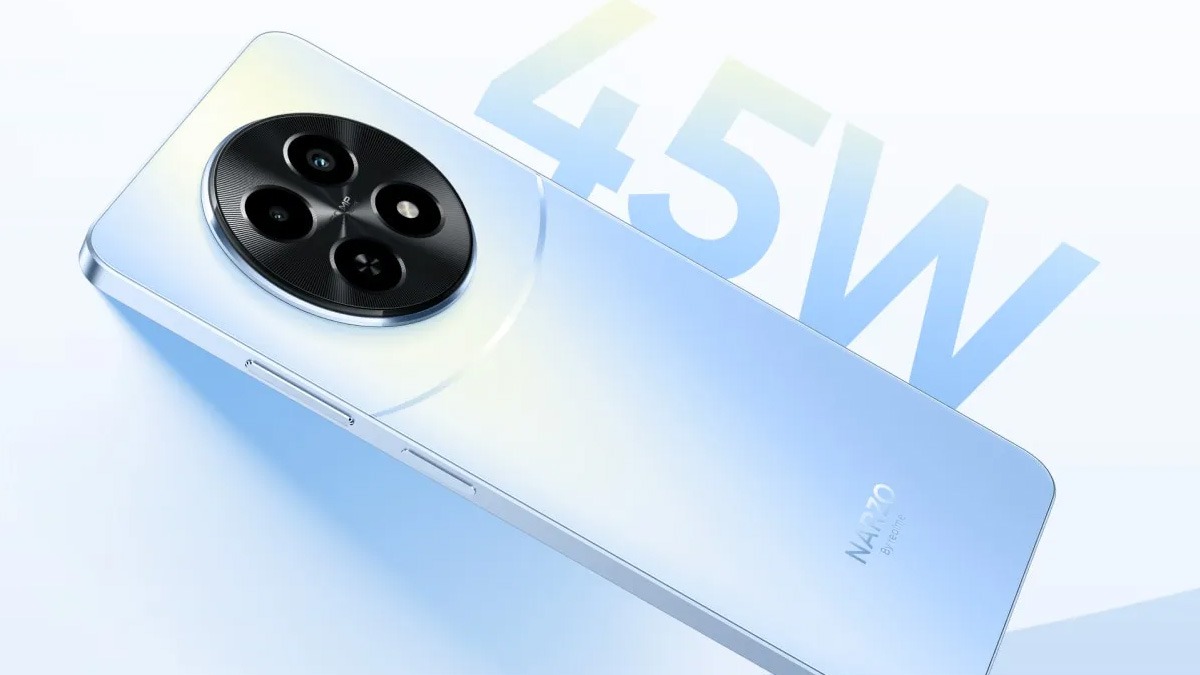Just In
- 7 hrs ago

- 9 hrs ago

- 9 hrs ago

- 10 hrs ago

Don't Miss
- Movies
 Chief Detective 1958 Episode 2 OTT Release Date, Time, Platform: When & Where To Watch? What To Expect? DEETS
Chief Detective 1958 Episode 2 OTT Release Date, Time, Platform: When & Where To Watch? What To Expect? DEETS - Lifestyle
 Golden Rules To Follow For Happy Marriage For A Long Lasting Relationship
Golden Rules To Follow For Happy Marriage For A Long Lasting Relationship - Sports
 IPL 2024: LSG vs CSK Award Winners, Man of The Match, Post-Match Presentation, Scorecard & Records
IPL 2024: LSG vs CSK Award Winners, Man of The Match, Post-Match Presentation, Scorecard & Records - News
 Chinese President Xi Jinping Orders Biggest Military Reorganisation Since 2015
Chinese President Xi Jinping Orders Biggest Military Reorganisation Since 2015 - Education
 Exam Pressure Does Not Exist; Studying Punctually is Crucial; Says Aditi, the PSEB 2024 Topper
Exam Pressure Does Not Exist; Studying Punctually is Crucial; Says Aditi, the PSEB 2024 Topper - Finance
 Reliance, ONGC, Tata, Adanis: Energy Stocks Didn't Get The Memo Of Bears, Up 12% In 30-Days; 10 Stocks To BUY
Reliance, ONGC, Tata, Adanis: Energy Stocks Didn't Get The Memo Of Bears, Up 12% In 30-Days; 10 Stocks To BUY - Automobiles
 Suzuki Swift Hatchback Scores 4 Star Safety Rating At JNCAP – ADAS, New Engine & More
Suzuki Swift Hatchback Scores 4 Star Safety Rating At JNCAP – ADAS, New Engine & More - Travel
 Journey From Delhi To Ooty: Top Transport Options And Attractions
Journey From Delhi To Ooty: Top Transport Options And Attractions
NASA Building Eight Research Teams To Study Moon, Asteroids
NASA has shortlisted eight new research teams that will work closely on research about the Earth's natural satellite Moon. The research will also include near-Earth asteroids, and the Martian moons Phobos and Deimos.

The Solar System Exploration Research Virtual Institute (SSERVI) will be helping the teams for the next five years with the combined total reaching up to USD 10.5 million per year. The research will be funded by the space agency's Science and Human Exploration and Operations Mission Directorates, NASA said.
"The discoveries these teams make will be vital to our future exploration throughout the solar system with robots and humans," said Lori Glaze, director of the Planetary Science Division in NASA's Science Mission Directorate.
NASA's Rosemary Killen will lead one such team and will focus on plasma interactions with airless bodies and determine the effects of the space environment on humans and robots at a different location on the Moon. The research will also map out the radiation environments and effects associated with space exploration.
Another team led by Jennifer Heldmann at NASA's Ames Research Center will be determining the volatiles available on the lunar surface for in-situ resource utilization. It will look for resources on the Moon and test the technology that is required to process the resources.
"We are extremely pleased that the community responded with such high-quality proposals, and look forward to the many contributions new SSERVI team members will make in addressing NASA's science and exploration goals," said Greg Schmidt, SSERVI's director at Ames.
Besides, NASA is also planning to send a drone called Dragonfly to Saturn's biggest moon, Titan, the agency said while announcing its latest mission to explore the solar system to understand the origin of humans.
Dragonfly will be a golf-cart-sized drone featuring four propellers. It will embark on an eight-year-long journey in 2026. Its prime target is Titan, Saturn's moon, which is also said to have similarities with our planet.
NASA will also be deploying two satellites that will study how radio waves that pass through our planet's upper atmosphere can distort by structured bubbles in this region known as the ionosphere.
-
99,999
-
1,29,999
-
69,999
-
41,999
-
64,999
-
99,999
-
29,999
-
63,999
-
39,999
-
1,56,900
-
79,900
-
1,39,900
-
1,29,900
-
65,900
-
1,56,900
-
1,30,990
-
76,990
-
16,499
-
30,700
-
12,999
-
62,425
-
1,15,909
-
93,635
-
75,804
-
9,999
-
11,999
-
3,999
-
2,500
-
3,599
-
8,893











































